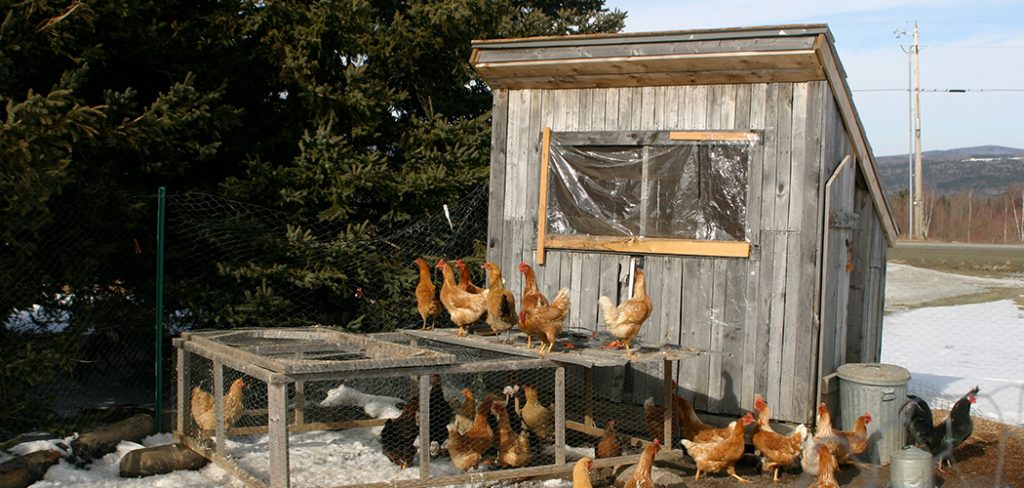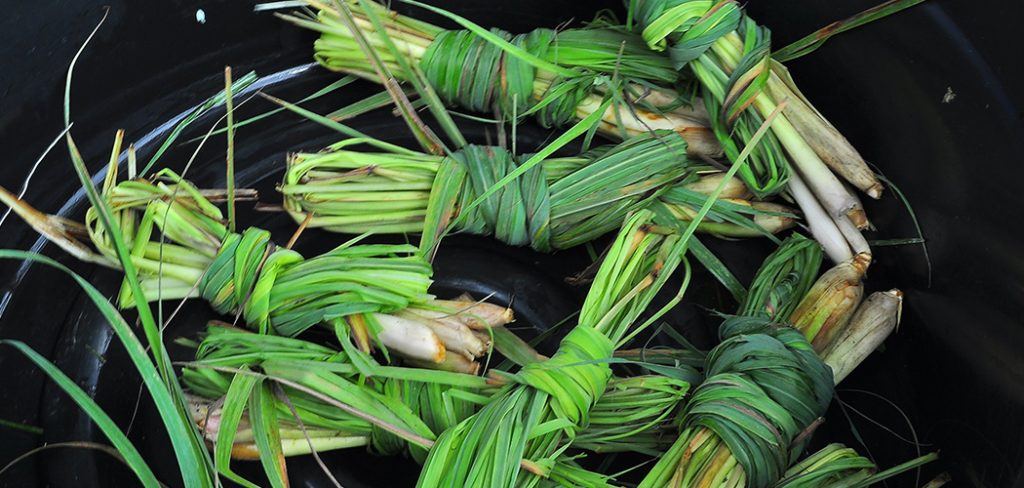Around the world, different cultures developed mythologies on strange creatures and mystical animals. It is equally interesting that there are many stories of mythical plants that have been passed down through generations. Some of these plants are beneficial to humans, while others are harmful or even deadly. While making the list of plants that start with ‘N’, one plant that has an interesting mythology story behind it is the Narcissus. It is also related to daffodils and jonquils as mentioned in my post on plants that start with ‘J’.
The legend of Narcissus comes from Greek mythology about a handsome man who fell in love with his own reflection in the waters of a spring. He believes his love was not reciprocated. So killed himself. The flower that bears his name sprang up where he died, which the nymph christened Narcissus. Today, we refer to an extremely self-centered person with an exaggerated sense of self-importance as narcissistic.
3 Plants that Start with ‘N’ :
If you liked the story of Narcissus and interested in other mythologies about plants, you can find more online. Meantime, let us share with you our listing of plants. Hope you will still find it interesting to know something about them even though this is a shortlist of plants that start with ‘N’.
1. Nolina recurvata
In many residential and commercial premises, the Nolina recurvate flower can be found. It originates from Mexico, where it grows on barren, dry soil and grows into a tree for many years. It grows very slowly, so larger specimens are expensive.
Watering the Nolina Plant :
Pay most attention to watering. The stem of Nolina stores water because it is a succulent plant. Therefore, water it only once a week during summer. And even less often in winter – possibly once every two weeks. It is best to water it when the soil is completely dry, and never leave water in the washer. Keep it in a bright and transparent place, away from drafts and direct sunlight that could burn the leaves through the windows.
If during winter the plant is placed in a room where the air is dry, spray water on the leaves occasionally. The ideal temperature is 12-15 ° C. When night temperatures are above 10 ° C, you can take it outside and store it in partial shade. Then you should watch out for the rain because too much moisture does not suit it.
Transplanting Nolina Plant :
Transplant it only when the roots start to come out of the pot, about every 2-3 years. But do not put it in a too big pot. Narrow vessels are more suitable for him. No water should be retained in the pot so make sure there is good drainage. It is best to plant it in terracotta or ceramic pot and in soil suitable for cacti (ideal size is 2 parts sand, 2 parts clay, and 1 part peat). From May to September you can feed it every 3 weeks with liquid fertilizer for leafy plants. But make sure it is with diluted concentrate (half of the prescribed amount).
The Nolina plant is usually sold with 2-3 stalks in a pot. Do not separate them, as there is a risk of damage and fungal infections to fresh wounds, which could lead to death. One of the signs that you have added too much water is a soft stem, and the leaves turn yellow. Try to save it by transplanting it into new, dry soil and pruning the top until you reach a healthy, hard stem that you water with orchard wax. After a while, young leaves will start to grow on the sides of the stem.
2. Nasturtium
Rich, saturated, and ornate colors are notable characteristics of Nasturtium plants. They are fast and easy to grow and actually do their best to survive with a little neglect. There are almost all kinds of garden goals: grand plants for borders and edges, back plants for walls and containers, and climbers to add dramatic height to the garden. The leaves and flowers are eaten with pepper. Even the seeds are used as a substitute for capers. With very bright green leaves and spots of brightly colored flowers peeking out of the masses of greenery, Nasturtium plants grow very full,
Physical Characteristics of Nasturtium :
Leaves: Rounded, like a water lily.
Flowers: Open funnel-shaped with curious little hair or spur on the underside. They are commonly seen in the colors yellow, orange, pink, red, and mahogany. But there are variations in the intense shades of butter yellow and cream.
Nasturtium care:
Nasturtium usually starts from a seed, so you will not find them available as nursery plants. However, the seeds germinate quickly and the plants will be in bloom in a short time. When the soil warms up or starts indoors about 2-4 weeks earlier, the seeds can be sown directly in the garden. Nasturtiums do not particularly like transplants, so starting seedlings in peat or paper containers will reduce the shock of transplanting. Once planted, they tend to take care of themselves.
3. Nicotiana
Named after the 16th-century French diplomat Jean Nicot, Nicotiana has been building our gardens with its growth and fragrance for hundreds of years. Ironically, Niko believed that the unusual flower tobacco plant or Nicotiana tabacum was a cure for all – from headaches to cancer. While we now know that the opposite to be true about the healing properties of tobacco, the flowers provide useful nectar for giant moths and hummingbirds.
Flower tobacco belongs to the notorious family Solanaceae (nightshade). It contains poisonous species of belladonna and dates as favorite orchards. Nicotiana tabacum is similar to petunia, especially in form and looks. Nicotiana tabacum has adhesive leaves and flower stems with the approval of black flowers in the form of a trumpet. In the end, they have five notches, which are symbolic of this flower. Red colors complement each other, place a mixture for the mix. This flower certainly has several types and normal shades, that is almost all types of colors. Nicotiana tabacum grows 1.5 meters tall.
Planting and Care for Nicotiana :
You can find transplants of newer varieties of nicotiana in the nursery, but most of the tall heirlooms must be planted from seed. Sometimes even within 48 hours of sowing, Nicotiana seeds are easily cooled in warm soil. Light helps germinate these small Nicotiana seeds, so press them lightly into the soil but do not cover them. You can also sow these directly in the garden, where Mother Nature will expose them to seed germination.
These plants require warm weather and warm soil to thrive. Choose a site with full sun and rich, moist, and hummus-like soil. In areas with hot summers, a few hours of afternoon shade will keep the plants from developing sunburn. Do not place transplants outdoors for at least two weeks after the average freezing date, as flowering tobacco plants are in warm seasons. It appreciates the same sticky nights as tomatoes. Cold, moist spring soil promotes root rot and reduces disease.
More Plants that Start with ‘N’ :
In this article, it was not possible to mention all those flowers that start with the letter N. But, of course, there are many more that are available to us from encyclopedias and books. Here are some of them: Nasturtium, Nolina, Nepeta, Natal Plum, Nemesia, Neomarica, Nerine, and Nandina.

